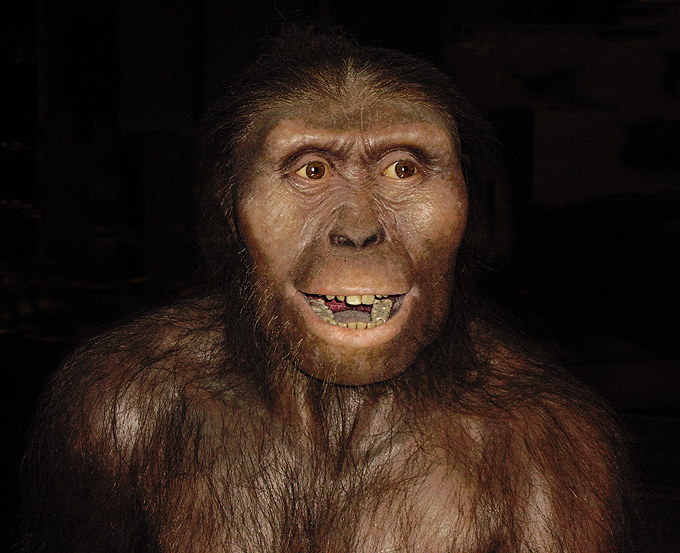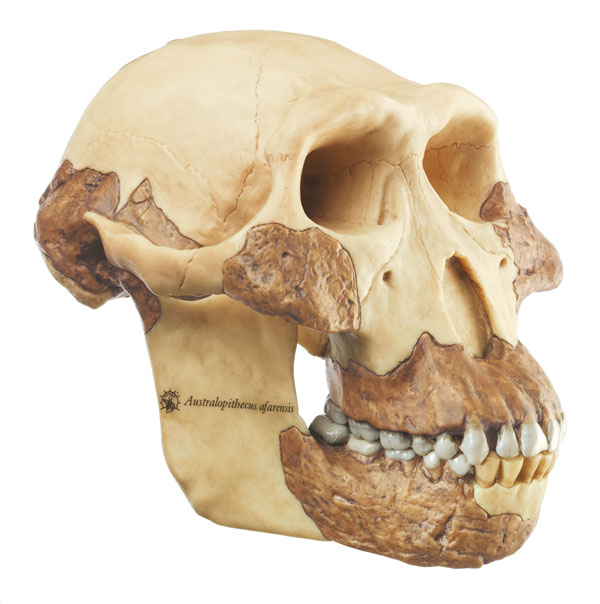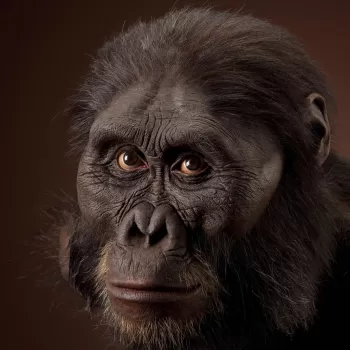
The dietary flexibility of Australopithecus afarensis was unusual for the Mid-Pliocene | Human Evolution @ UCL - UCL – University College London
Like Father, Like Son: Assessment of the Morphological Affinities of A.L. 288–1 (A. afarensis), Sts 7 (A. africanus) and Omo 119–73–2718 ( Australopithecus sp.) through a Three-Dimensional Shape Analysis of the Shoulder Joint
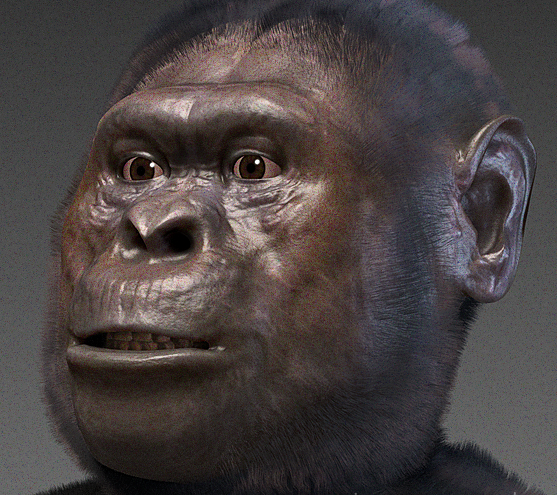
A rigid foot in hominins could represent a conserved trait | Human Evolution @ UCL - UCL – University College London
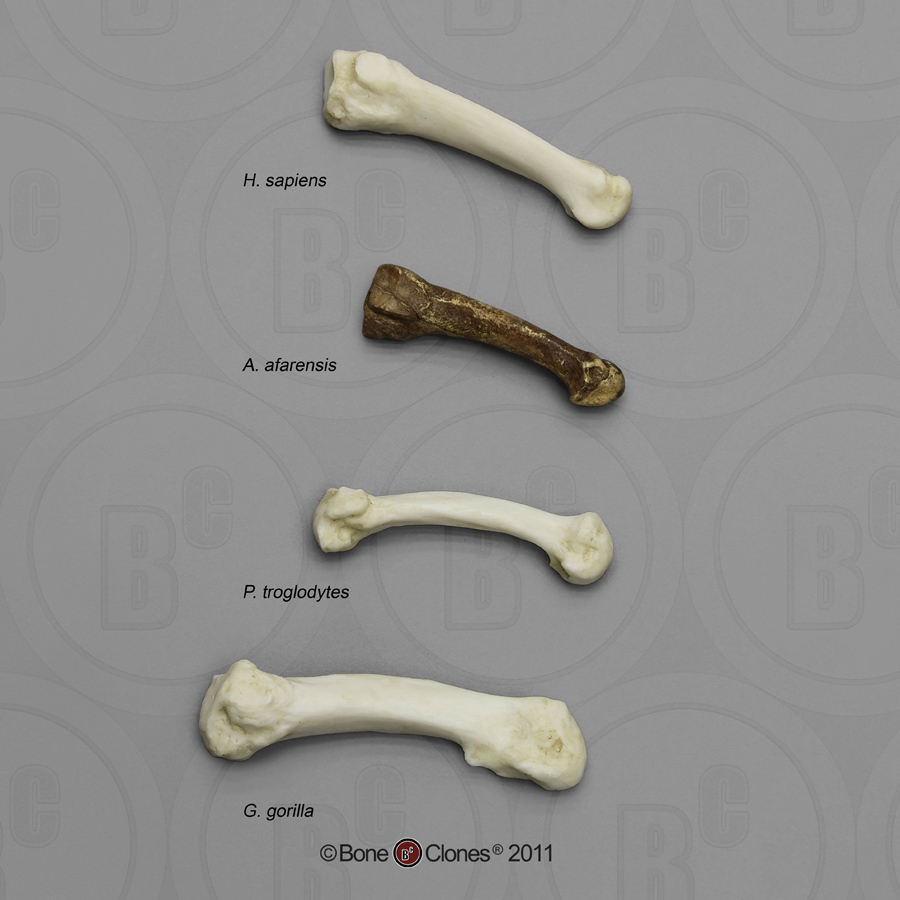
Set of 4th Metatarsals from Human, AL 333-160 A. afarensis, Chimpanzee and Gorilla - Bone Clones, Inc. - Osteological Reproductions
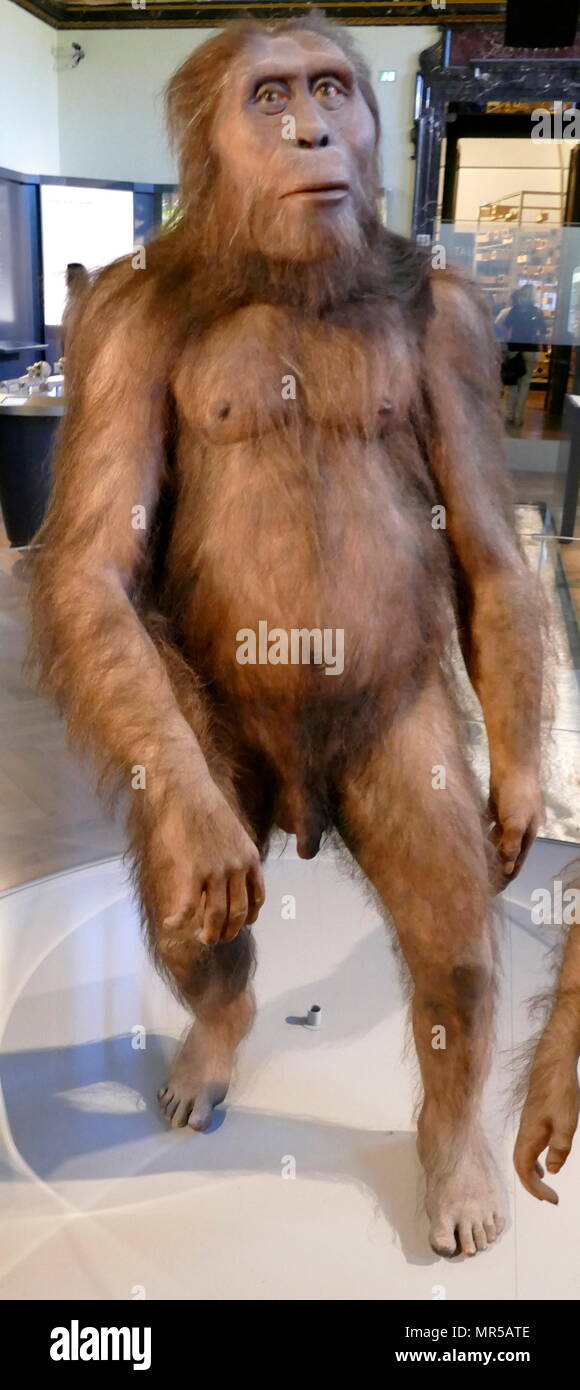

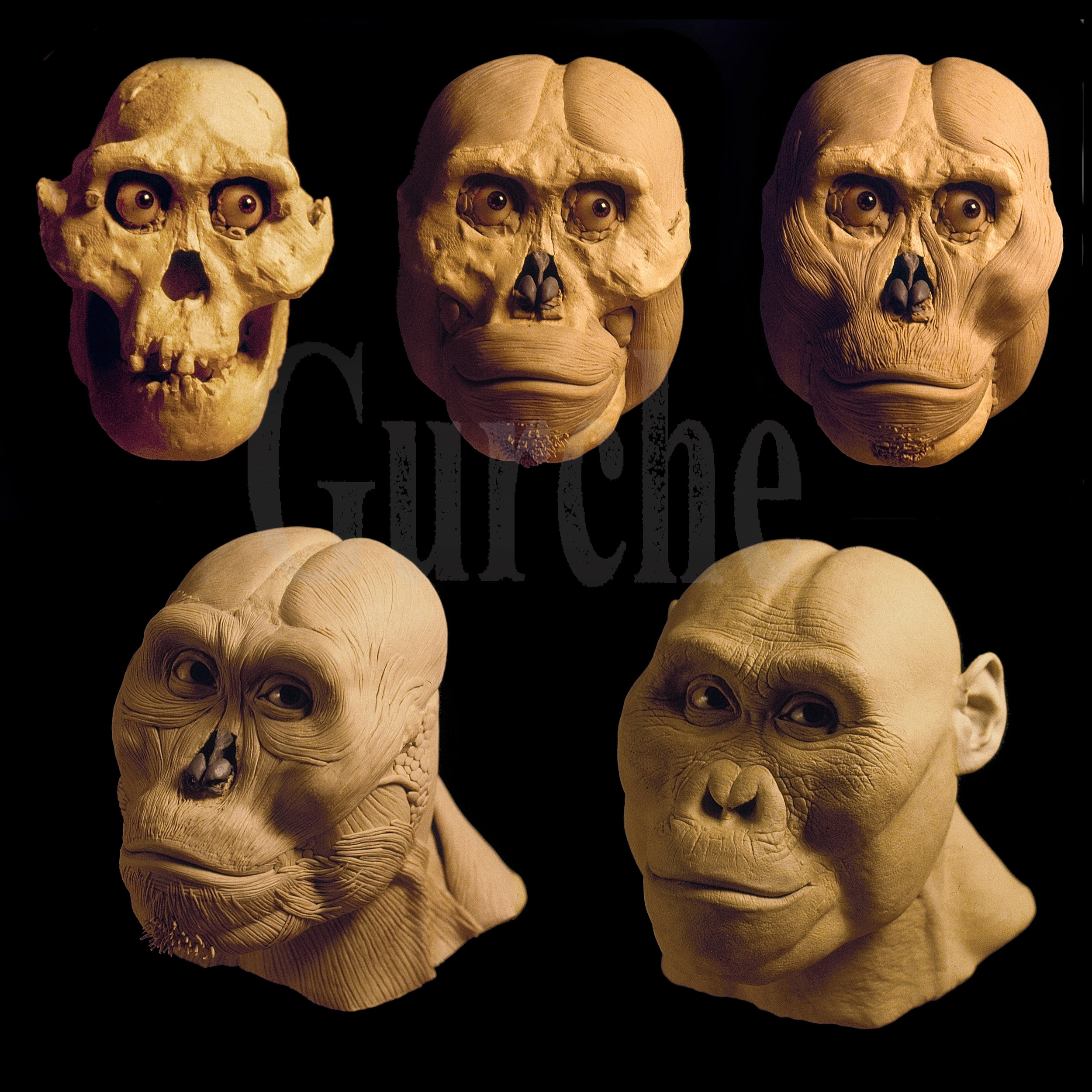
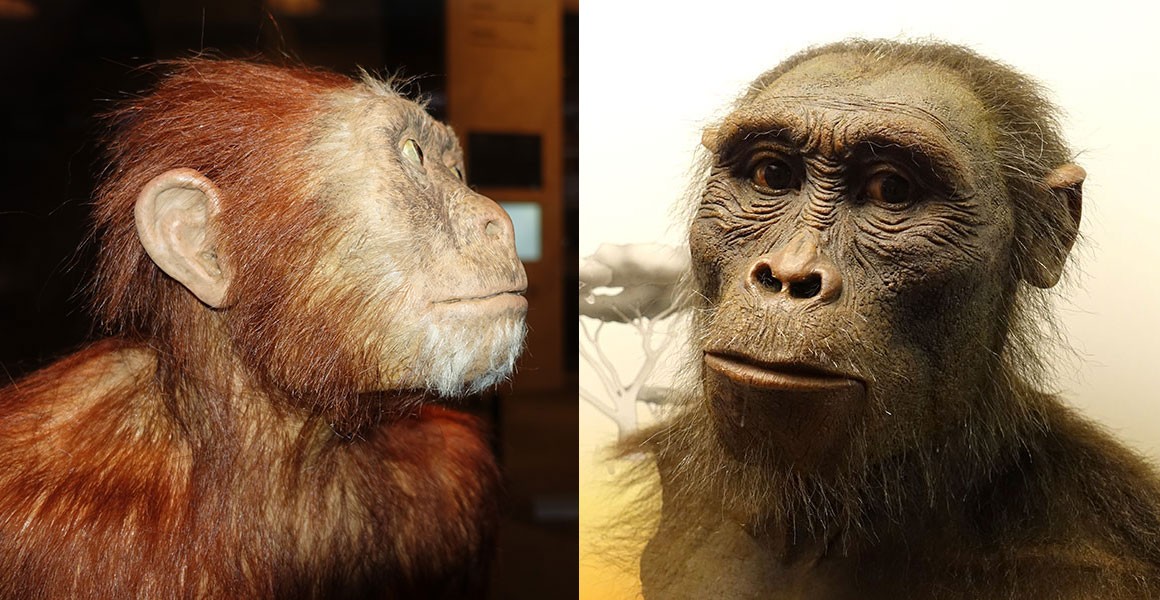







/https://tf-cmsv2-smithsonianmag-media.s3.amazonaws.com/filer/43/35/4335142e-8b21-4f37-8842-d02542233be4/picresized_1351981357_3557812889_870750bd1e_b.jpg)

